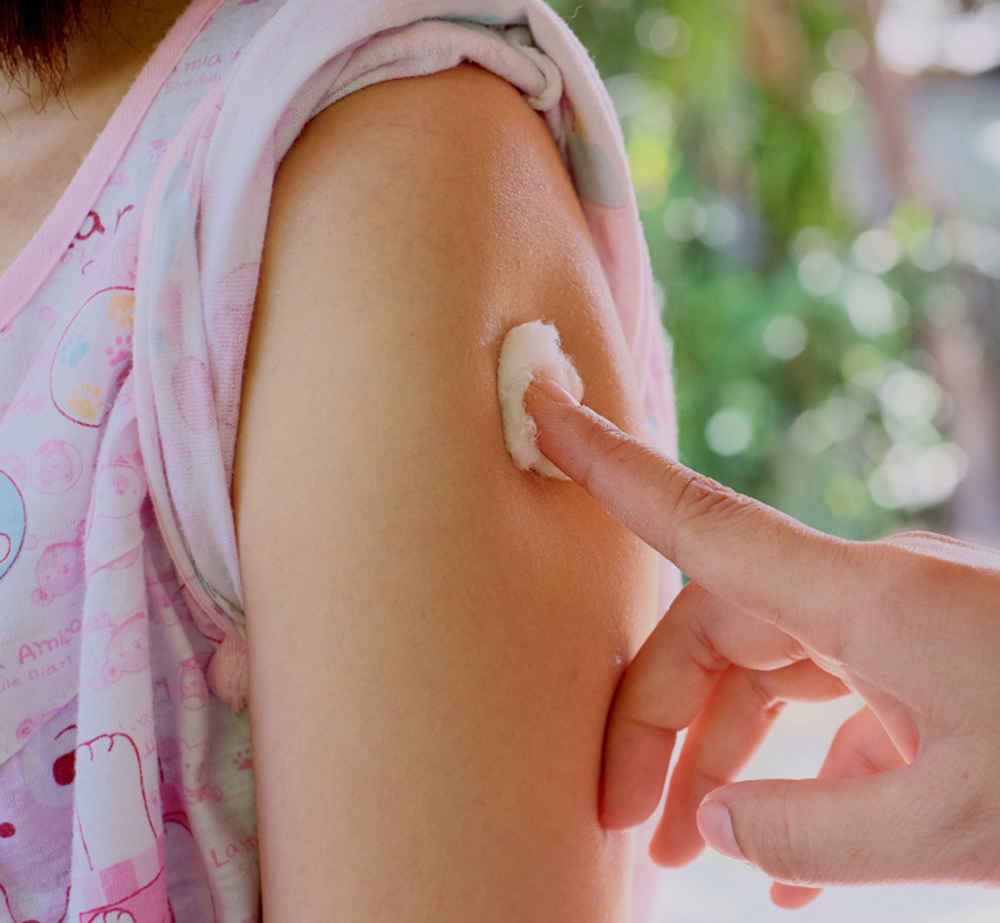410-721-2273
Sinusitis
What is sinusitis?
Sinuses in cheekbones (maxillary sinus), the forehead (frontal sinus), behind the nasal passages (ethmoid sinus), and deep in the brain behind the nasal passages (sphenoid sinus) are present at birth, although your child's sinuses are not fully developed until later in the teen years.
An infection in these areas are marked by the following:
- a "cold" lasting more than 10 to 14 days, sometimes accompanied by a low-grade fever
- thick yellow-green nasal drainage
- post-nasal drip, sometimes showing as a sore throat, cough, bad breath, nausea and/or vomiting
- headache, usually in children age six or older
- irritability or fatigue
- swelling around the eyes.
What causes sinusitis?
Common causes include viral infections (colds) and allergies. Young children are more prone to infections of the nose, sinus, and ears, especially in the first several years of life. These are most frequently caused by viral infections (colds), and they may be aggravated by allergies. However, if your child remains ill beyond the usual week to ten days, a sinus infection may be the cause.
You can reduce the risk of sinus infections for your child by making simple changes in your lifestyle or home environment. Using a humidifer in dry winter air (clean it regularly to prevent mold growth), and reducing exposure to known environmental allergies and pollutants such as tobacco smoke and frequent hand washing can lower the risk of sinusitis. Although sinusitis itself is not contagious, it is often preceded by a cold, which can spread easily, particularly among family or friends.
How is it treated?
For sinusitis caused by bacterial infections, oral antibiotics will offer relief, while decongestants and antihistamines can help ease symptoms.
Sinusitis caused by a virus usually goes away without medical treatment. Over-the-counter acetaminophen (Tylenol), ibuprofen (Advil), and/or warm compresses can help reduce any pain but have not been found to be effective in reducing symptoms.
How can I take care of my child?
For middle ear or ear canal infections, follow your health provider's instructions for care.
To help relieve pain you can:
- Give your child acetaminophen or ibuprofen.
- Put a cold pack or cold wet cloth on the ear for 20 minutes.
- Put a warm moist washcloth or a covered hot water bottle (which should be warm, not hot to the touch) over the ear.
To keep wax from impacting, remember to never put things like cotton swabs into the ear canal. If your child has problems with earwax, you can put 1 to 2 drops of mineral or vegetable oil into the ear canal for a few minutes each day. Wipe away any oil that drips out from the ear. You can reduce this treatment to once per week or less when you see improvement. There are many over-the-counter drops that may be helpful as well.
Your baby's ears may plug up or hurt due to changes in air pressure. This can often be relieved by blowing out while keeping the mouth closed and nose pinched. If traveling by plane, you can help keep your baby's ears clear by nursing or feeding when the plane is climbing and descending. Swallowing helps equalize the air pressure.
Call 911
Call us during office hours if:
- Your child's cold lasts for more than 10 days without improvement.
- His or her cold that seems to be getting worse after 7 days of symptoms.
- Symptoms of allergies that don't clear with the usual allergy medication.
- He or she is experiencing pain or stiffness in the cheeks.
- Your child has a fever accompanied by severe or long-lasting cold symptoms.
You May Also Like
Popular Resources | Make an Appointment • Locations • Refill Prescriptions





